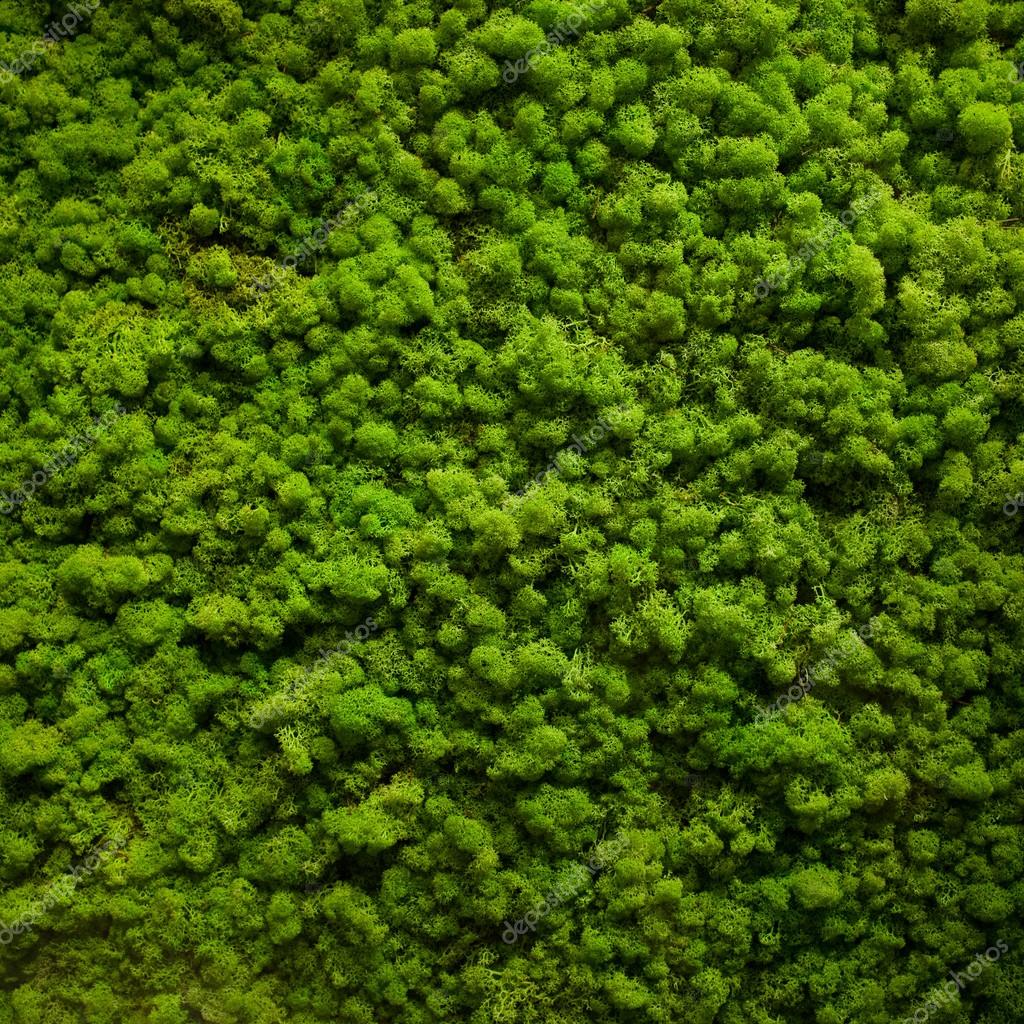
Unlike many other plants, mosses do not reproduce with seeds.

Without an adequate supply of water, mosses will dry out, not be able to reproduce, and eventually die. The biggest factor for a moss’s survival is moisture. Mosses are very opportunistic plants, able to grow on rocks, trees, and along stream beds.

Without vascular tissues, mosses do not have the support structure to grow tall like many other plants, and instead grow flat and low to the ground. This means they lack the tissues that many other plant species use to transport water and nutrients from roots to stems and leaves. One of the most distinguishing characteristics of mosses Is that they are non-vascular. With the aid of a microscope, you’ll be able to find one of the common moss-residents, the tardigrade (commonly known as water bears or moss piglets).But what exactly makes a moss a moss? Look for any length of time and you’re bound to find spiders and other insects hiding among the moss. Mosses often provide habitat for small creatures and insects. The interesting and unique shapes of mosses let us imagine a planet with strange trees dominating the landscape. Look closely at a bed of moss and you’ll start to see an entirely new world opening up. Walking through the woods amongst the trees and mosses can produce a serene sense of calm and help us to understand our place in nature.

Looking from afar, mosses can add a beautiful and lush appearance to many of Acadia’s forests. Differentiating between the many moss species can be challenging without the aid of a high-powered microscope, but with a small hand lens or even the naked eye, we can look closely and start to appreciate the beauty of these plants. There are over 12,000 species of mosses that have been identified worldwide. Go for a hike almost anywhere in Acadia National Park and you’re sure to see an often overlooked, yet important part of the Acadian ecosystem – mosses. Close up view of moss showing sporophytes


 0 kommentar(er)
0 kommentar(er)
